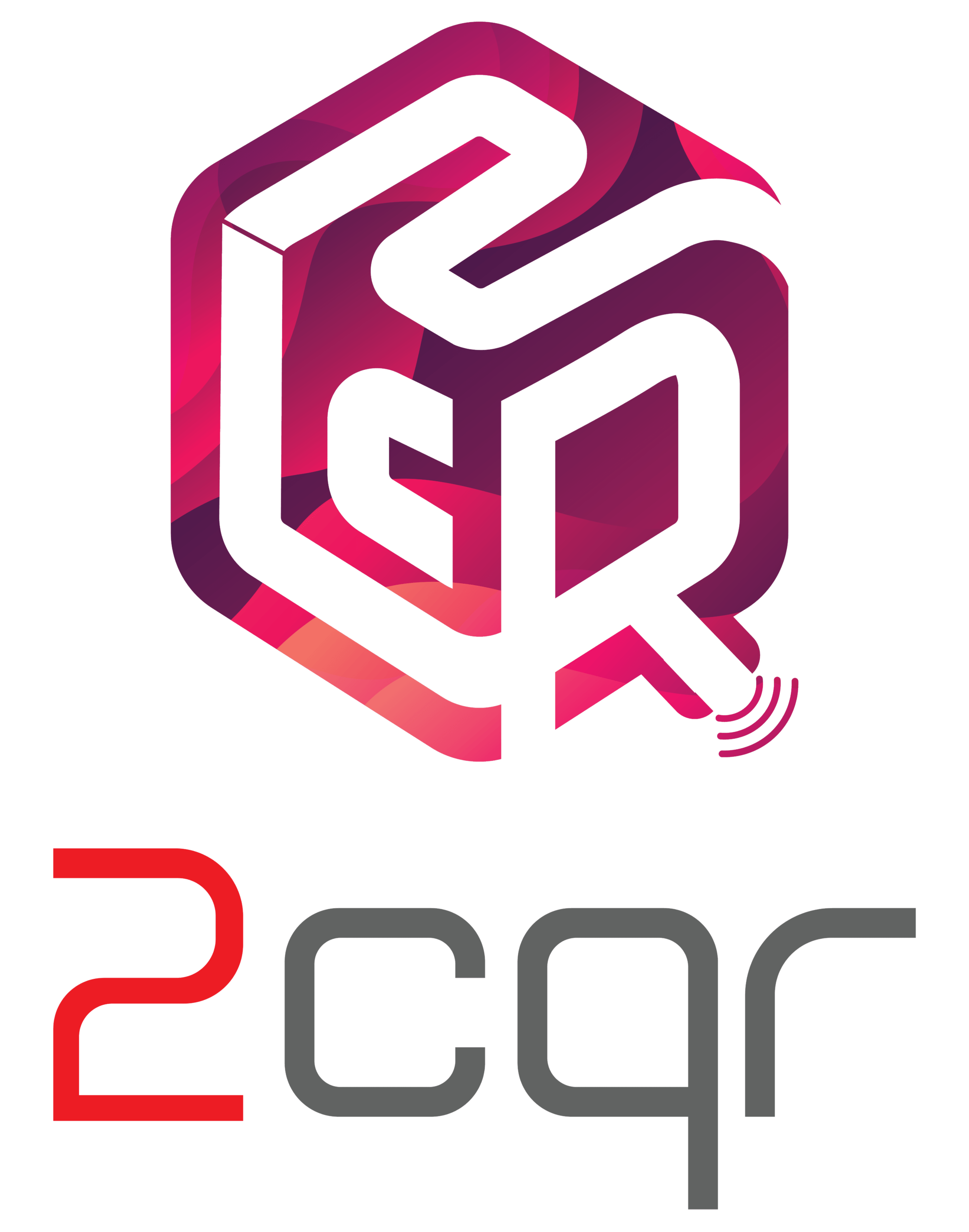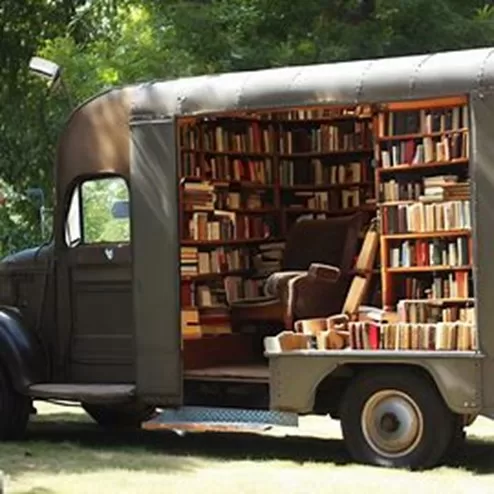Libraries have long been recognized as pillars of knowledge, offering access to books, resources, and educational opportunities. However, they are not just about the physical spaces within their walls. Libraries are also reaching out to underserved communities, ensuring that knowledge and learning extend far beyond their premises. One way they are achieving this is through RFID technology. In this blog, we'll explore how RFID is helping libraries create meaningful connections with underserved populations and share some real-world examples of its impact.
The Challenge of Library Outreach to Underserved Communities
Underserved communities can face barriers to accessing traditional library services. Whether due to geographic isolation, economic hardship, or other factors, these communities often lack the same level of library access that more privileged areas enjoy. Recognizing this gap, libraries are increasingly using technology like RFID to bridge the divide.
RFID and Mobile Libraries :
One effective way libraries are reaching underserved communities is through mobile libraries equipped with RFID technology. These mobile libraries are essentially bookmobiles, but with a high-tech twist. RFID tags in the books and materials onboard are scanned using handheld RFID readers, allowing for efficient checkouts and returns right on the spot. This ensures that residents in remote or underserved areas have access to a rotating collection of resources without needing to visit a physical library branch.
Real-world Example :
The Free Library of Philadelphia operates a Book Bike, which is a mobile library equipped with RFID technology. The Book Bike visits underserved neighborhoods, parks, and community events, allowing residents to check out books, receive library cards, and access digital resources, all without needing to travel to a physical library branch. The Book Bike was launched in 2013 as a way to make library services more accessible to people in neighborhoods that are not well-served by traditional library branches. The Book Bike is equipped with a collection of over 1,000 books, as well as computers and tablets that residents can use to access digital resources. The Book Bike also offers a variety of programming activities, such as storytime for children and book clubs for adults. The Book Bike has been a popular success, and it has helped to increase library usage in underserved neighborhoods. The Book Bike has also been praised for its innovative approach to library service delivery.
The Book Bike is a great example of how RFID technology can be used to make library services more accessible and convenient for everyone.
Book Delivery Services :
Another ingenious application of RFID technology is book delivery services. Libraries use RFID tags to track books and other materials as they are checked out and returned. This tracking capability enables libraries to offer convenient delivery services to those who cannot easily visit a library in person. RFID tags on delivered books are scanned upon arrival and departure, ensuring accurate tracking and secure delivery.
Real-world Example :
The Charlotte Mecklenburg Library in North Carolina offers a Books on the Go program. Using RFID, library staff curate book selections based on patrons' preferences and deliver them to their homes. This initiative serves homebound individuals, seniors, and people with disabilities who may struggle to visit the library themselves.
Digital Access Initiatives :
In today's digital age, libraries are not limited to physical collections. Many libraries offer extensive digital resources, including e-books, audiobooks, and online courses. RFID technology plays a crucial role in ensuring that these resources are accessible to underserved communities.
Real-world Example :
The Los Angeles Public Library (LAPL) provides RFID-enabled library cards to homeless patrons. These cards grant access to LAPL's extensive digital collection, allowing individuals experiencing homelessness to read e-books and access online learning resources from anywhere, using their own devices or library computers. The LAPL's Homeless Library Card program was launched in 2018 as a way to provide homeless patrons with access to the library's resources even if they do not have a permanent address. The program is open to all homeless individuals, regardless of their immigration status or criminal record. To obtain a Homeless Library Card, patrons must visit a LAPL library branch and provide proof of identification. Once they have a card, they can check out e-books, audiobooks, and other digital resources from the library's website or app.
The Homeless Library Card program has been a success, and it has helped to increase library usage among homeless patrons. The program has also been praised for its convenience and flexibility.
Engaging Underserved Youth :
Engaging young readers in underserved communities is a priority for many libraries. RFID technology is making it easier for libraries to connect with children and teenagers by offering innovative and interactive experiences. RFID-enabled library cards play a central role in this process, allowing young users to access specialized learning spaces and equipment. As young users interact with RFID-tagged books and materials, the system can recommend related resources and activities, tailoring the experience to their interests and educational needs. This dynamic approach helps libraries engage and inspire underserved youth, opening doors to new opportunities and pathways to success.
Real-world Example :
The Chicago Public Library's "YOUmedia" program uses RFID technology to support young people in underserved communities. RFID-enabled library cards grant access to the YOUmedia spaces, equipped with digital media tools like computers, audio equipment, and design software. When a young user swipes their RFID-enabled card, they gain access to these resources, fostering creativity and skill development in areas like music production, graphic design, and coding.
Breaking Down Barriers :
The use of RFID technology in library outreach to underserved communities is breaking down barriers that once limited access to knowledge and resources. These initiatives are more than just about providing books; they're about fostering a sense of belonging and equity.
Through mobile libraries, book delivery services, digital access initiatives, and engaging programs for youth, libraries are reaching out to those who need their services the most. RFID technology is a powerful tool in this effort, making library resources more accessible, flexible, and responsive to the needs of underserved communities.
In conclusion, the combination of RFID technology and library outreach initiatives is transforming the way libraries connect with underserved communities. These innovative approaches ensure that libraries remain not just repositories of knowledge but also facilitate inclusivity and opportunity, transcending physical boundaries to bring the benefits of education and access to all, regardless of their circumstances.

